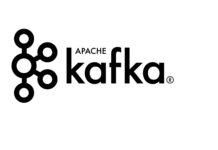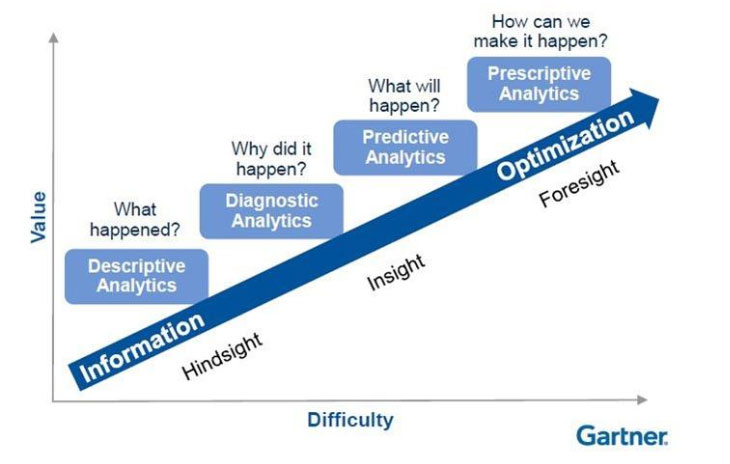THERE IS NO CLOUD ITS JUST SOMEONE ELSE’S COMPUTER ON THE INTERNET.
The notion that the Cloud is just your processing infrastructure and storage on someone else’s computer is too simplistic and dismissive. The central premise you should consider is how to decouple infrastructure from Software. Cloud ramps up faster development while independently using elastic scaling for growth and slow periods, where you do not own the actual infrastructure.
There are a few dimensions that different practitioners consider when moving to the Cloud.
- Ease, Usage-based models so you can effortlessly scale up and down vertically or horizontally, out or in as needed.
- Speed, programmable infrastructure, deployment, and promotion of code.
- Total Ownership Cost (TOC) reduced as there is no infrastructure buy, build, and maintain. No financial risk for server software upgrades, which are taken care of for you.
Hardware And Infrastructure Has No Business Value
When we buy a desktop, laptop, or tablet, we plunk down an average of $1,000, but we have no value from the hardware purchased. Over time we will install Software and process data to transform the data and deliver some value.
Cloud delivers immediate value for each dollar spent. Billing starts when you start processing data and getting value. Since we use pooled resources shared in siloed virtual machines, it becomes cheaper, more comfortable to operate, and faster to create the infrastructure and process the data in your desired timeframe with little investment in actual hardware.
Since many cloud providers specialize in setting up self-service, secure federated data centers with failover capability, then as a business, you can quickly inherit industry best practices with the latest features, power, and options. It provides the hardware to you and has accompanying Software that helps to monitor and manage the hardware.
Reduce Time to Market
Security is job zero. You do not want to get this wrong. Cloud providers are licensed GDPR, HIPAA, ISO, and PCI compliant, to name a few, which makes Cloud relevant and better than on-premise, DIY counterparts. The time, money, and effort needed to meet these standards alone would be a big reason to go to the Cloud.
As a development business, you want to have an operating system with a complete development environment. Platform as a service (PaaS) is the comprehensive platform for a specific development. The golden blueprint copy will have not only the operating system but the libraries for the development environment.
Traditionally we take months to get approvals, purchase, build out the infrastructure, and install the Software, but the Cloud spins this up within minutes. Cloud is more than just infrastructure as a service.
Virtual machines for servers, storage, and networking, designed to be elastic and geographic agnostic, can define infrastructure as a service (IaaS).
The infrastructure is real-time elastic to the demands of the user by volume and processing power. It is almost impossible to expand and contract on demand to business needs with on-premise infrastructure. Setting up your infrastructure is still your responsibility.
FOCUS AND SPEED
The great value comes in Software as a Service (SaaS), where the application is deployed for everyone to use. The user pays to use the Software but does not own your Software and its maintenance.
A serverless computer does not mean there is no server. It is more about getting the cloud provider to manage the Software’s installation and upgrades so you can focus on development and processing. It is an advanced form of platform as a service, so you just run the code, and you are charged only for the computing time and memory used to the code run.
The journey for many legacy on-premise companies might take you on a hybrid cloud. Hybrid Cloud is the interaction between the private On-premise (OP) and on-demand (OD) public Cloud.
COST CAN BE A FACTOR
Be aware, do not “lift and shift” to say you are cloud-based without changing your mindset to build cloud-native architected applications. You may spend more money running inefficiently using resources and billing hours.
Consider comparing the following players AWS, Azure, Google, Alibaba. The second tier players of this writing are Oracle, SAP, IBM, and Salesforce.
Stephen Choo Quan
Thanks for reading and Sharing ❤









